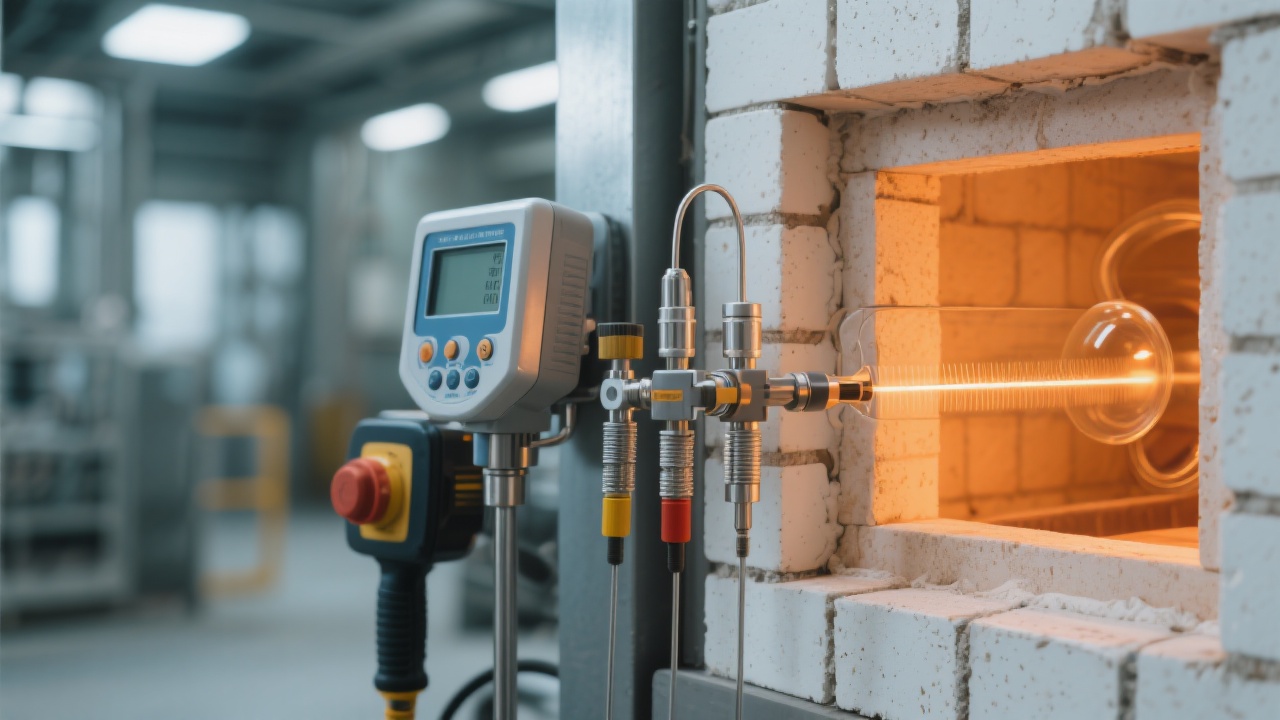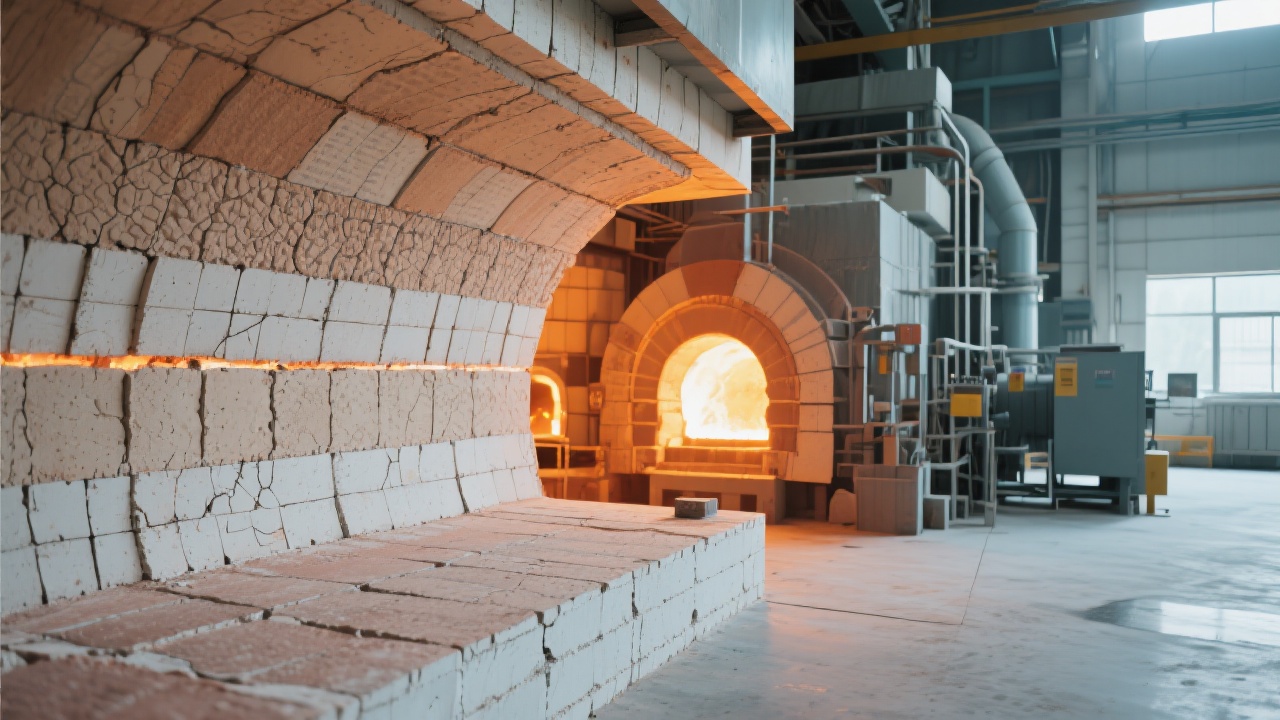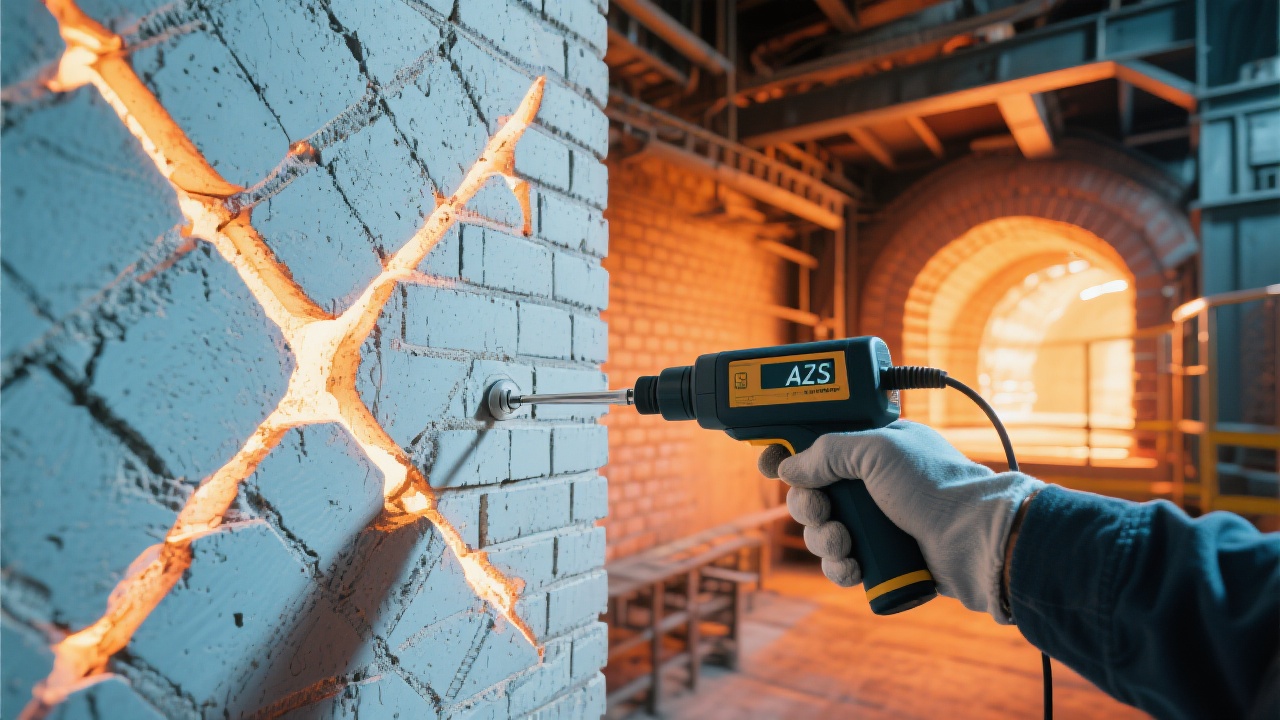
In the field of industrial insulation materials, high thermal conductivity silica bricks have emerged as a game - changer. In my 18 - year global B2B trade experience, I've noticed that many purchasers often struggle to understand the technical details behind these innovative materials. This article aims to bridge that knowledge gap by providing in - depth insights into the structural superiority of high thermal conductivity silica bricks over traditional ones.

When we look at the structure of high thermal conductivity silica bricks and traditional silica bricks under 20x magnification, the differences are striking. Traditional silica bricks typically have larger and more irregular pores. On average, the pore diameter in traditional silica bricks can range from 0.5 to 2 millimeters, and they are unevenly distributed. In contrast, high thermal conductivity silica bricks have much smaller pores, with an average diameter of around 0.1 to 0.3 millimeters, and these pores are distributed more uniformly throughout the brick.
| Silica Brick Type | Average Pore Diameter | Pore Distribution |
|---|---|---|
| Traditional Silica Bricks | 0.5 - 2 mm | Uneven |
| High Thermal Conductivity Silica Bricks | 0.1 - 0.3 mm | Uniform |
The relationship between pore size, distribution, and thermal conductivity is crucial. You can think of heat transfer in a silica brick like people moving through a crowded space. In a traditional silica brick with large and uneven pores, heat (like people) has to take a more circuitous route, encountering many obstacles along the way. This results in slower heat transfer and lower thermal conductivity. In fact, traditional silica bricks usually have a thermal conductivity of about 1.0 - 1.5 W/(m·K).
However, in high thermal conductivity silica bricks, the smaller and more uniformly distributed pores create a more direct path for heat transfer. It's like having a well - organized corridor where heat can move more freely and quickly. As a result, high thermal conductivity silica bricks can achieve a thermal conductivity of around 2.0 - 2.5 W/(m·K), which is significantly higher.

In today's industrial landscape, energy efficiency is a top priority. High thermal conductivity silica bricks are well - suited to meet this demand. For example, a glass manufacturing plant in Europe replaced its traditional insulation materials with high thermal conductivity silica bricks. Before the replacement, the plant's energy consumption for heating the furnaces was quite high. After installing the high thermal conductivity silica bricks, the heat transfer efficiency improved, and the energy consumption was reduced by approximately 20% within three months. This not only saved costs but also reduced the plant's carbon footprint.
For industry decision - makers, choosing high thermal conductivity silica bricks is not just about following the trend. It's a strategic move that can bring significant benefits to the business. These bricks can enhance the overall efficiency of industrial processes, reduce energy costs, and improve product quality. In addition, by adopting leading - edge technology, companies can also enhance their brand image and gain a competitive edge in the market.

So, if you're in the process of making a decision on insulation materials, are you considering the long - term benefits that high thermal conductivity silica bricks can bring? Do you have specific requirements for energy - saving in your industry? Share your thoughts in the comments below, and I'll send you three real - world case studies of companies that have successfully implemented high thermal conductivity silica bricks. Click here to learn more about high thermal conductivity silica bricks and how they can transform your business.


